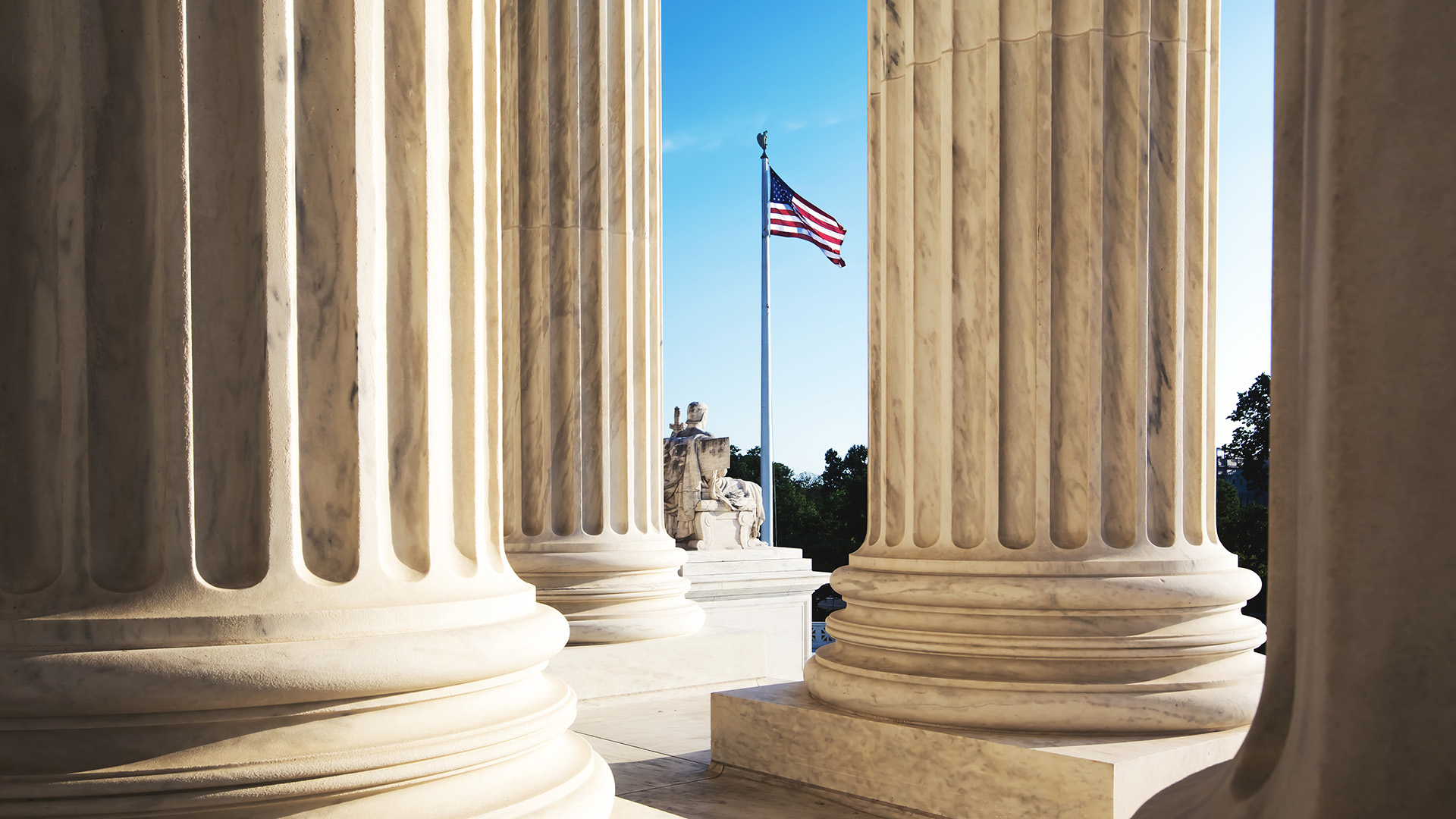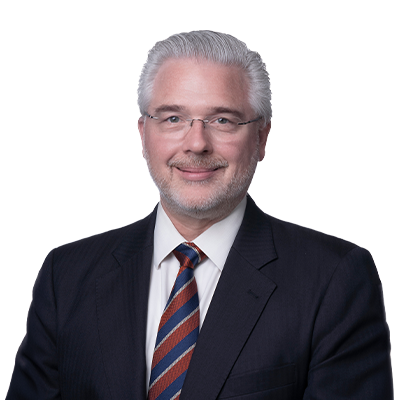In a unanimous decision with significant implications for issuers of registered securities, the US Supreme Court has ruled that a “pure omission” under Item 303 of Securities and Exchange Commission Regulation S–K cannot give rise to a private action for securities fraud under Section 10(b) and Rule 10b-5(b) of the Securities Exchange Act of 1934.
Rule 10b-5(b) makes it unlawful to omit material facts in connection with buying or selling securities when that omission renders “statements made,” in the light of the circumstances under which they were made, misleading. 17 CFR § 240.10b-5(b). Separately, Item 303 of Regulation S–K requires companies to disclose in periodic filings to the SEC “known trends or uncertainties that have had or that are reasonably likely to have a material favorable or unfavorable impact on net sales or revenues or income from continuing operations.” 17 CFR § 229.303(b)(2). For more than two decades, the federal courts of appeals diverged on whether a company’s failure to disclose information required by Item 303—standing alone, and without otherwise-misleading statements—could support a private claim under Section 10(b) and Rule 10b-5(b).
The US Supreme Court resolved that disagreement last week, ruling unanimously that such a “pure omission” under Item 303 is not actionable in a private Rule 10b-5(b) suit. Macquarie Infrastructure Corp. v. Moab Partners, LP, No. 22-1165, slip op. at 1 (2024). The defendant below, Macquarie Infrastructure Corporation, owned and operated a subsidiary that stored No. 6 fuel oil, a bulk liquid commodity. Id. at 2. In 2016, the International Maritime Organization issued a new regulation, IMO 2020, for shipping oil that capped sulfur content at a level far lower than that typically used in No. 6 fuel oil. Id. Macquarie did not discuss IMO 2020 in any of its offering documents, but in February 2018 it announced that the storage capacity contracted for use at its subsidiary had dropped due to a structural decline in the No. 6 fuel oil market, resulting in a 41 percent drop in Macquarie’s stock. Id.
Representing a class of investors, plaintiff Moab Partners, LP sued Macquarie in the US District Court for the Southern District of New York, alleging that Macquarie had violated Section 10b-5(b) by failing to disclose, under Item 303, “the extent to which [its subsidiary’s] storage capacity was devoted to No. 6 fuel oil.” Id. at 3 (alteration in original). The district court dismissed the action because Moab failed to “actually plead[] an uncertainty that should have been disclosed or in what SEC filing or filings Defendants were supposed to disclose it.” Id. The Second Circuit reversed and held that because the allegations suggested that Macquarie had violated Item 303 by omission, this alone could state a cognizable claim under Rule 10b-5(b). Id. at 3–4.
The Supreme Court disagreed. Writing for a unanimous court, Justice Sotomayor first explained the difference between a “pure omission,” in which a speaker says nothing, and a “half-truth,” in which a speaker makes a statement but omits critical qualifying information. Id. at 5. Justice Sotomayor offered a simple analogy: “[T]he difference between a pure omission and a half-truth is the difference between a child not telling his parents he ate a whole cake and telling them he had dessert.” Id. Rule 10b-5(b), in the Court’s view, proscribes only the latter. Unlike Item 303, which reaches “pure omissions” by mandating that companies disclose “known trends or uncertainties” that meet a materiality threshold, Rule 10b-5(b) prohibits only (1) making “any untrue statement of a material fact” (i.e. false statements or lies) and (2) omitting a material fact necessary “to make the statements made . . . not misleading” (i.e. half-truths). Id. The Court drew further support for this reading from statutory context, observing that Congress saw fit to impose liability for pure omissions in Section 11(a) of the Securities Act of 1933 by prohibiting “any registration statement that ‘contain[s] an untrue statement of a material fact or omit[s] to state a material fact required to be stated therein or necessary to make the statements therein not misleading.’” Id. (quoting 15 U.S.C. § 77k(a)) (emphasis added). Calling this difference in language “telling,” the Court concluded that “Item 303 can support a Rule 10b-5(b) claim only if the omission renders affirmative statements made misleading.” Id. at 7. The Court also rejected Moab’s policy argument that private liability was necessary to deter and redress fraudulent omissions, noting that private litigants can still bring claims for Item 303 violations related to “misleading half-truths” and that the SEC can always enforce its own regulations. Id.
Companies are now protected from private civil liability under Rule 10b-5(b) for “pure omissions.” This represents an important development, particularly given the Court’s repeated emphasis on the limits of the duty to disclose in Section 10(b) and Rule 10b-5(b). See id. at 6 (“It once again ‘bears emphasis that § 10(b) and Rule 10b–5(b) do not create an affirmative duty to disclose any and all material information.[’]”); id. at 7 (“Even a duty to disclose . . . does not automatically render silence misleading under Rule 10b–5(b).”). It is equally important, however, to note the potential grounds for securities-fraud liability that the Court did not disturb. First, as Justice Sotomayor observed, the SEC still can enforce Item 303, so companies should ensure that their filings include a Management Discussion and Analysis (MD&A) that adequately describes any known trends or uncertainties that have had or that are reasonably likely to have a material impact on operations. This is a double-edged sword, though: As companies err on the side of disclosure to mitigate SEC enforcement risk, there may be a rise in stockholder litigation on the theory that those increased disclosures contain actionable “half-truths.” Second, companies should bear in mind that once a statement is made (e.g. in an SEC filing), it must be truthful and non-misleading in context, or else it may be targeted as a “half-truth” that remains actionable under Rule 10b-5(b). This is a fact-specific question, and one the Court expressly left open in two key respects when it declined to opine on “what constitutes ‘statements made’” or “when a statement is misleading as a half-truth.” Id. at 8 n.2. Third, plaintiffs can continue to press claims under Rule 10b-5(a) and (c) (i.e. scheme liability), as the Court also declined to decide “whether Rules 10b-5(a) and 10b-5(c) support liability for pure omissions.” Id. In short, this is far from the end of litigation surrounding Item 303 and Rule 10b-5.
Special thanks to Law Clerk Peter Capozzi for assisting in the preparation of this article.










